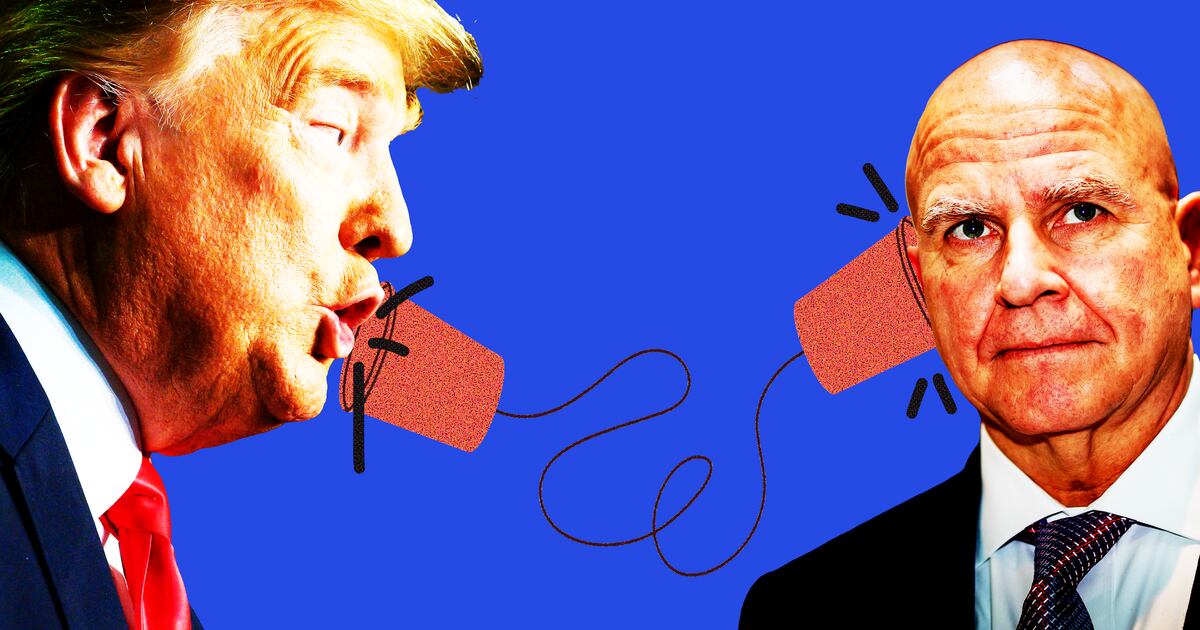Spencer Pratt is Southern California personified: blond-haired and blue-eyed, a bro who speaks in bromides. But beneath his surfer-dude appearance, Spencer is also a keen student of people: how they act, how they think, and how to keep their attention. “I always wanted to work for the CIA growing up,” he explained. “I’d be a CIA operative in Hollywood that made movies to manipulate the masses.
“But then,” he added with a laugh, “I became a reality star.”
By his freshman year at USC, he’d figured out how to make $50,000 for a photo he’d taken of Mary-Kate Olsen. But what fascinated him back then in the early 2000s was the bizarre, emerging landscape of reality television. “I saw The Osbournes on MTV,” Spencer recalls. “I saw that they were getting 60 million viewers to watch—with due respect to Ozzy—a British guy mumbling and his wife yelling, cleaning up dog poop. I was like, ‘This is what reality television is? I could make one of these shows.’ ”
And so he did. Pratt became the creator and producer of The Princes of Malibu, an early reality show on Fox that followed two rich brothers who were notable only because of their celebrity father, Bruce (now Caitlyn) Jenner. The show fizzled after a few episodes, but not before unleashing the brothers’ stepfamily, the Kardashians, upon the world.
As he faced the prospect of going back to college, Pratt had a better idea. He was telegenic, charming, and shameless. Why not try to be in one of those shows instead?
The year was 2006, and MTV was in the midst of launching another reality-television saga, The Hills, about four young women trying to make it big in Beverly Hills. So Pratt sought out the venues where The Hills was filming. At a nightclub called Privilege, the intrepid hustler sat himself in a booth, surrounded by Playboy Playmates. This tableau caught the eye of Heidi Montag, The Hills blonde costar; she stole him away from the Playmates for a dance. They hit it off, and Spencer Pratt and Heidi Montag soon became “Speidi.”
Pratt had gotten on TV, but now he had to figure out how to stay there. So he gave the supposed reality show what it had lacked: a villain. In short order, The Hills’ story line shifted to a seemingly psychopathic boyfriend and a woman who kept coming back to him. Each episode brought new shocks and new lows. He flirted with other women in front of Montag and gleefully scorned her family. He stoked rumors about a costar and a supposed sex tape, which was roundly condemned by the entertainment press, but which generated a season’s worth of fireworks as friendships exploded.
Of course, the vast majority of it was fake, as most of the “reality” show was staged. Still, it worked and ratings soared. But to gain further fame and fortune, Spencer realized he needed to do something more. “I got into manipulating the media,” he told us.
Between seasons, the couple worked to stay in the news by releasing a steady stream of scandalous photographs and shocking interview quotes. “What took us to the next level was working with the paparazzi,” Pratt recalled. At a time when most celebrities eschewed the paparazzi, the Hills villains embraced them. “I just figured that we could come up with these stories, and work with the magazines, and give them that juicy, gossipy stuff that they usually have to make up,” Pratt explained. “Why not help make it up with them… and get paid for it?”
By learning how to give the media and audiences what they wanted, Speidi soon ranked among reality television’s highest-paid and most visible stars. They were also the most despised. Pratt was twice nominated as the Teen Choice Awards’ “Best Villain,” an award typically reserved for fictional characters (among his competitors was Superman nemesis Lex Luthor). This was the price of fame: people couldn’t look away, but they also hated him for it. Sounding a little remorseful, Pratt described filming a fake pregnancy scare with Montag that ended (on camera) with him stomping on the gas after throwing her out of the car. “We shot that scene like twelve times,” he said. “I didn’t think anything of it. I should have, because every woman on the planet was like, ‘Oh my God, he’s the worst person on the earth!’ Really, my wife and I just drove away and went to dinner. But the audience sees this guy leaving his girl on the side of the street in tears.”
Pratt and Montag had constructed a story line—a remorseless, psychopathic man and a manipulated, unhappy woman—that clung to them long after The Hills had ended. They had captivated millions of people and grown famous in the process. But they had also created a kind of cultural gravity they couldn’t escape. As he explained, “I was getting paid so much money to be just an awful asshole. You start doing your interviews like that, and next thing is, you’ve got to stay in character. You’re getting paid so much money to not care, it’s like, ‘Whatever.’ But then you forget, like, ‘Wait. No. Middle America doesn’t get this is all fake.’ ”
In other words, they’d built a “narrative.” Narratives are the building blocks that explain both how humans see the world and how they exist in large groups. They provide the lens through which we perceive ourselves, others, and the environment around us. They are the stories that bind the small to the large, connecting personal experience to some bigger notion of how the world works. The stronger a narrative is, the more likely it is to be retained and remembered.
The power of a narrative depends on a confluence of factors, but the most important is consistency—the way that one event links logically to the next. Speidi wasn’t merely insufferable once or twice; they were reliably insufferable, assembling a years-long narrative that kept viewers furious and engaged. As narratives generate attention and interest, they necessarily abandon some of their complexity. The story of Spencer Pratt, the vain villain, was simpler—and more engaging—than the story of the conflicted self-promoter who pretended to leave his girlfriend on the curb in order to pump the ratings.
Human minds are wired to seek and create narrative. Every moment of the day, our brains are analyzing new events—a kind word from our boss, a horrible tweet from a faraway war—and binding them into thousands of different narratives already stowed in our memories. This process is subconscious and unavoidable. In a pioneering 1944 study, psychologists Fritz Heider and Marianne Simmel produced a short film that showed three geometric figures (two triangles and a circle) bouncing off each other at random. They screened the film to a group of test subjects, asking them to interpret the shapes’ actions. All but one of the subjects described these abstract objects as living beings; most saw them as representations of humans. In the shapes’ random movements, they expressed motives, emotions, and complex personal histories. The circle was “worried,” one triangle was “innocent,” and the other was “blinded by rage.” Even in crude animation, most observers saw a story of high drama, while the one who didn’t was an oddity.
By simplifying complex realities, good narratives can slot into other people’s preexisting comprehension. If a dozen bad things happen to you on your way to work, you simply say you’re having a “bad day,” and most people will understand intuitively what you mean. The most effective narratives can thus be shared among entire communities, peoples, or nations, because they tap into our most elemental notions.
Following World War II, for instance, some U.S. statesmen advocated the massive aid package known as the Marshall Plan because of its “psychological political by-products.” They saw that the true value of the $13 billion program was the narrative it would build about the United States as a nation that was both wealthy and generous. This single story line was valuable in multiple ways. It not only countered Soviet narratives about whose economic system was best, but it also cast America as a great benefactor, which linked the U.S.-European relationship to other narrative themes of charity, gratitude, and debt. In the slightly less grand case of Speidi and The Hills, Spencer was no less strategic in using his villainy. By playing a familiar role, he created outrage against the couple that was shared almost universally, but that gave him a path to fame and fortune.
Today, Spencer and Heidi are a little wiser, older, and poorer. Pioneers in the world of self-made celebrity, they’ve watched the development of modern social media with fascination. They described to us how much the game has changed in just a few years. Montag marveled that, in a world of smartphones, “everyone’s an editor,” tweaking each word and image until it conforms to an idealized sense of self. “Now everyone is a reality star,” Pratt added. “And they’re all as fake as we were.”
Excerpted from LIKEWAR: The Weaponization of Social Media by P.W. Singer and Emerson Brooking. Copyright © 2018 by P.W. Singer and Emerson Brooking. Reprinted by permission of Houghton Mifflin Harcourt Publishing Company. All rights reserved.





